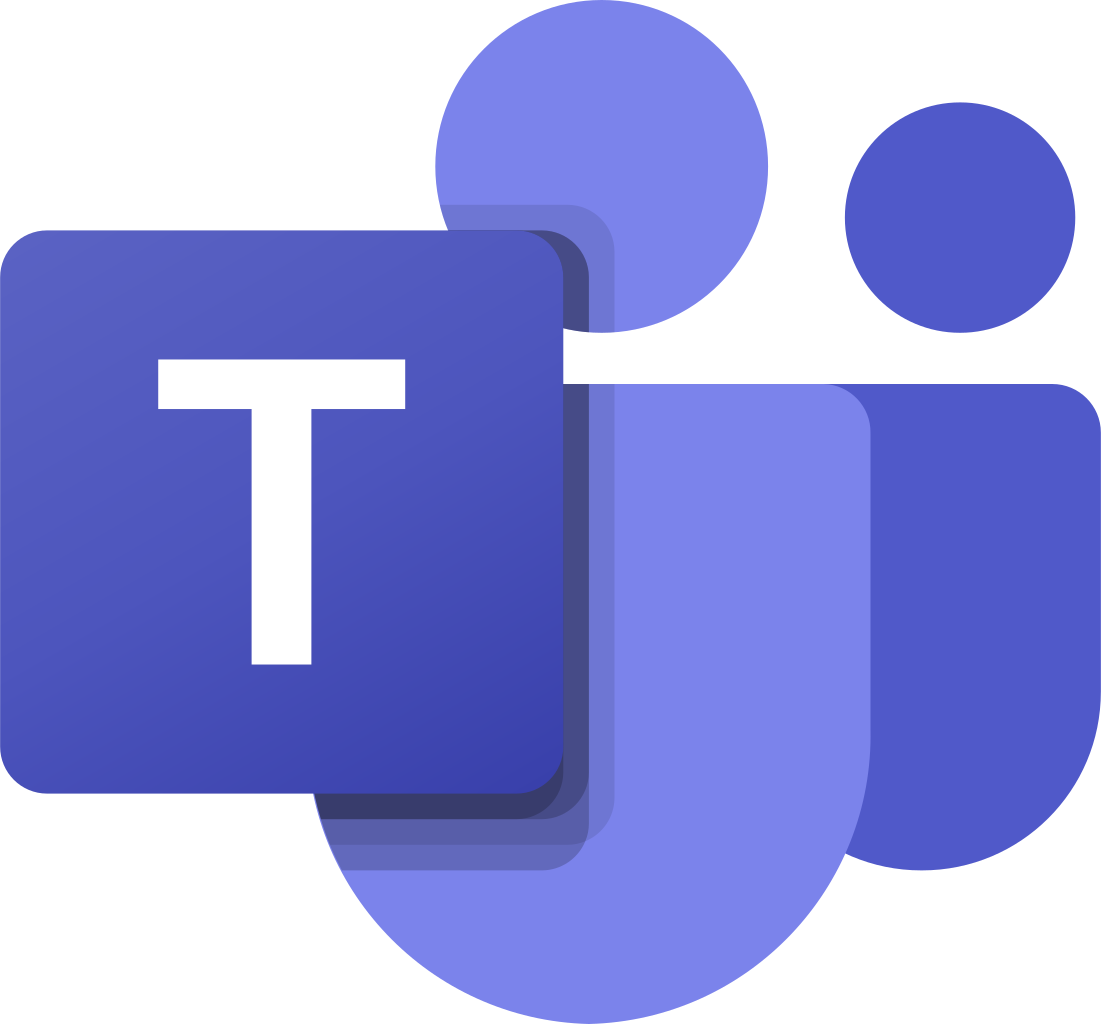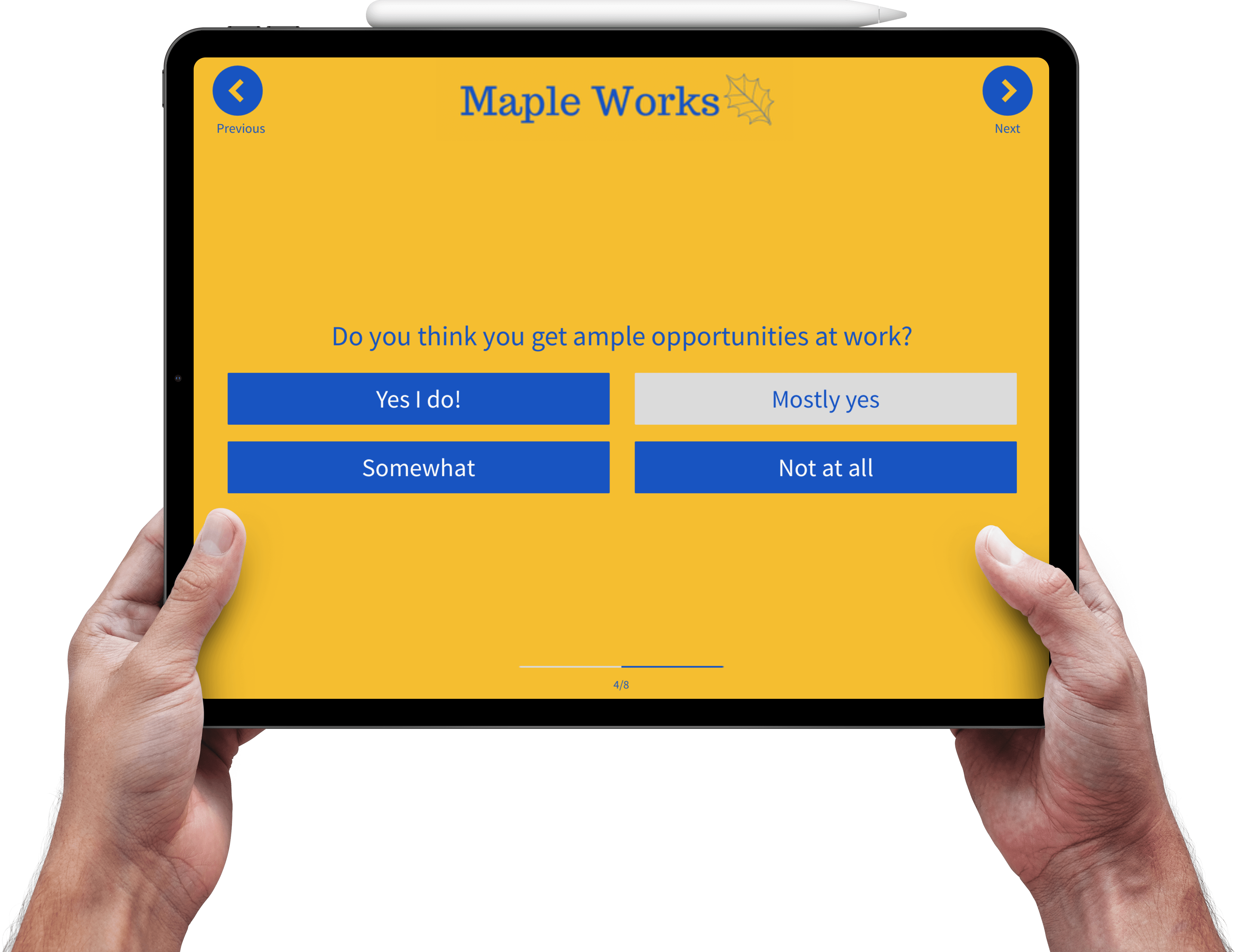During the course of their employment, employees go through a series of stages called the employee lifecycle. The employee lifecycle can typically be divided into broad stages: attraction, recruitment, onboarding, development, retention, and separation or exit.
During each stage of the employee lifecycle, your employees have different expectations from your organization. You need to understand and meet those expectations. At the same time, you also need to engage your employees at each stage of the lifecycle.
Specific employee surveys can help you uncover factors that influence employee behavior and performance at each stage of the employee lifecycle. You’ll figure out the best way to onboard new employees, help new managers transition, and learn from exiting employees. You’ll be able to make improvements across the employee lifecycle that lead to an engaged workforce, lower employee turnover and ultimately, improve business performance.
These are the employee surveys you should definitely use in the employee lifecycle.
5 Employee Lifecycle Surveys
- Pre-Interview Survey
- On-boarding Survey
- Professional Development Survey
- Employee Engagement Survey
- Exit Survey
1. Pre-Interview Survey
The pre-interview survey is a great way to find out if an applicant is a good fit for your organization, the job, and the manager. A pre-interview survey, along with resume matching, can help you determine person-job fit – which ispositively correlated to job satisfaction. The pre-interview survey allows you to ask questions about the candidate beyond their resume. Screening for fit using a pre-interview survey will help you hire better candidates and reduce employee turnover. You’ll be able to remove candidates that are interesting but don’t fit your hiring criteria or your organizational culture also you can look for great job descriptions at pro services.
You’ll also save time during the recruitment process and the interview. You can get some questions out of the way in the pre-interview survey and use the interview to focus on more relevant questions.
Here are a few of the questions you can include in the pre-interview survey.
- Please tell us about your educational background and relevant work experience.
- What are your strongest knowledge areas? What areas would you like to learn more?
- Do you have skills and knowledge that might be useful but aren’t on your resume?
- Please explain the duties you like fulfilling in this position. Which responsibilities will be a challenge?
- How would you describe your work style?
- Are you comfortable in a leadership role? Tell us about your strongest and weakest leadership skills.
- Please describe your ideal work environment.
- Do you have experience with management styles that were difficult to work with? Please elaborate.
- What do you find frustrating in your past work experience?
- How soon would you be available for an interview?
- How soon would you be able to start work if hired?
2. On-boarding Survey
Use this survey once you’ve selected a candidate profile and had the salary negotiation with them. You, now, need to get your new employee quickly up-to-speed. Before proceeding further, ensure to create a paystub for the new employee, as it's a crucial step in formalizing their employment. You need to convey the organization’s expectations and the requirements for doing their job well to the employee. The onboarding process is essential for managing a new hire’s expectations with the company. How well a new employee experiences your organization in the initial few weeks determines how they will engage with the organization over time. Effective onboarding increases employee productivity, engagement, and retention. In fact, the onboarding process – that’s right, process – should go beyond passive first-day orientation and morph into regular conversations throughout the first 30, 60 and 90 days.
Use onboarding surveys to find out how your new employee is doing. Some questions you can ask in your employee onboarding surveys include:
- Was the information you got about the organization during the recruitment process accurate? Tell us about the differences.
- What steps do you think we can take to improve the recruitment process?
- Do you feel welcomed at the organization?
- What can we do to improve the onboarding process?
- Were you provided a thorough orientation during your first week?
- Do you have access to the appropriate tools and resources to do your job?
- Do you see your job relating to the organization’s broader goals and mission?
- Did you find the organization similar to what HR told you? Tell us about significantly different experiences.
- What could we have done differently when setting expectations about working with the company?
- Tell us about coworkers who have been particularly helpful since you arrived.
- Is there anyone you would recommend to mentor new hires?
3. Professional Development Survey
Your employees expect to develop professionally over the course of their career. Motivated and engaged employees want opportunities to learn and grow their skills. Your employees expect the organization to take an active interest in their career aspirations. A professional development survey will help you gain useful insights on your employees’ expectations at this stage in their lifecycle. You will be able to work with your employees to map out their career paths. You’ll also be able to find out what your high-performing employees expect from your organization. You’ll be able to help new managers transition effectively into a leadership role.
This employee survey should ask some of these questions.
- Does the organization provide a clear path for growth and development?
- Do you feel there are good career opportunities for you at this organization?
- Rate your satisfaction with the investment the organization makes in training and development.
- Do you have access to the learning and development needed to do your job well?
- Does your manager encourage you to develop yourself professionally?
- Are you being mentored in your current job role?
- Rate your satisfaction with opportunities to apply your expertise and skills.
- Does your manager support you in your efforts to improve your weaknesses?
- Do you get appropriate recognition from your manager?
- Do you feel supported in your transition to a leadership role?
4. Employee Engagement Survey
Engaged employees put in effort above and beyond their job requirements. They are enthusiastic, take initiative, and are creative. These employees are usually the most productive and innovative. Engaged employees are also less likely to leave your organization – even when offered better pay and benefits. The employee engagement survey is crucial for fostering engagement among your employees. You'll also be able to translate employee engagement into improved employee performance. Ask specific employee engagement questions that impact employee engagement and business outcomes.
- Does management clearly communicate the company’s strategic goals?
- Do you feel valued for your contributions at work?
- Are your job requirements clearly defined in the framework of overall organizational goals?
- Do you feel you have access to adequate support and resources from your team members and manager when a problem arises?
- Do you feel challenged in your job role in a way that results in personal growth?
- How would you rate the level of autonomy you have within your job role?
- Does your supervisor, or anyone in leadership, show an interest in your career aspirations?
5. Exit Survey
Some employee turnover is inevitable. But when a talented candidate leaves, it can be a blow. But this is the perfect opportunity for you to get some honest feedback from your departing employee. Create an exit survey that asks specific questions and gets you actionable feedback. Ask questions on the employee’s perception of the company, their relationship with their manager, the job role and fit and more. Use the insight from this employee survey to make changes across the employee lifecycle. You'll be able to make the overall employee experience better and increase retention.
Some questions you can ask employees include:
- What are your reasons for quitting your current job?
- Did you discuss your concerns with someone at the company? What response did you receive?
- What does the new company offer that encouraged you to accept the offer?
- Would you recommend us as a good place to work to your friends and family?
- Give us some instances when you found the job frustrating, unduly difficult, or complicated.
- What changes would you recommend in your current job?
- How would you describe your manager’s leadership style?
- What actions can your manager take to improve their management/ leadership skills?
- How well did you work with your manager? Did you and your manager’s working style compete or complement?
- How would you describe the organization’s leadership style?
- What do you think the organization can improve on?
- Under what circumstance, if any, would you consider returning to the company?
These employee surveys can help you gather important behavioral and performance data at each stage of the employee lifecycle. Zonka’s feedback management software will help you analyze this employee data to turn it into actionable insights. Use these insights to improve the employee experience and attract, engage and retain employees for increased business performance.
Sign up for a 7-day free trial of Zonka’s feedback app or request a demo today.
Learn more about the Employee Surveys
- Employee Engagement Survey Questions to Translate Engagement into Employee Performance
- Five Creative Employee Surveys You Probably Aren’t Using But Really Should
- Types of Employee Surveys You Really Should Be Using
- Employee Surveys and Feedback - why does your organization need them?
Boost Employee Engagement
Measure, analyze and improve employee feedback and reduce employee turnover with Zonka Feedback.


 MS Teams
MS Teams












